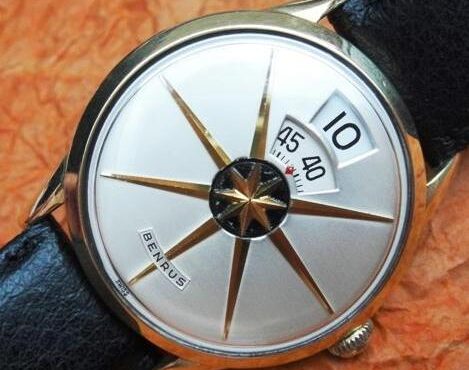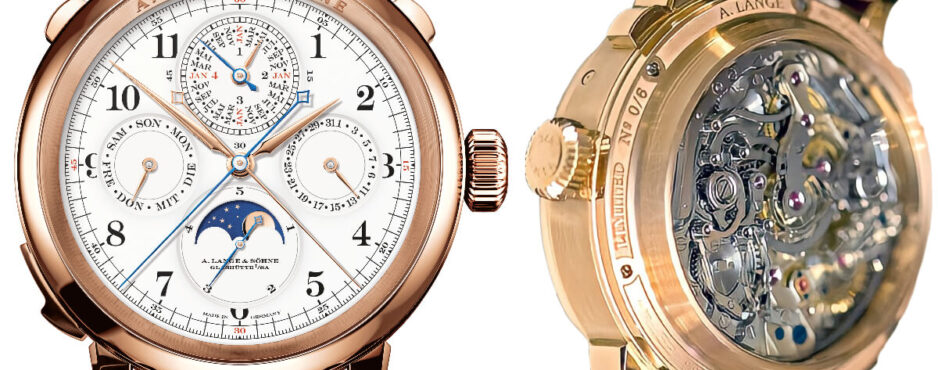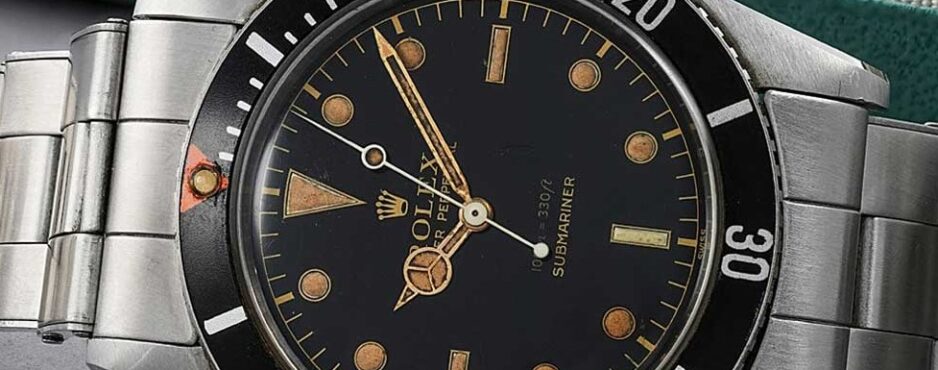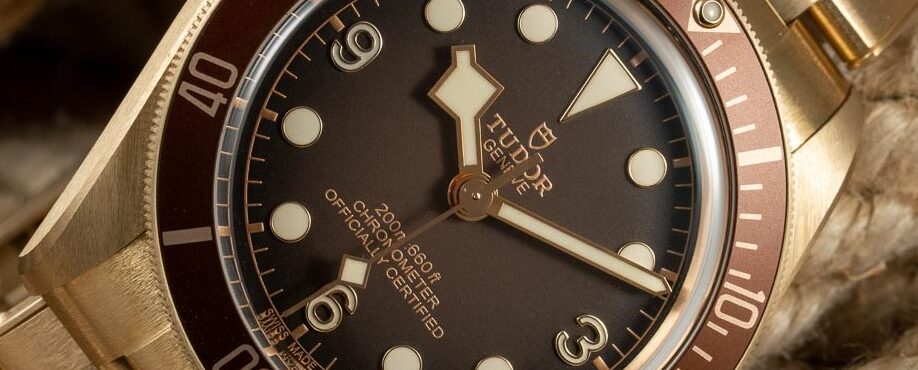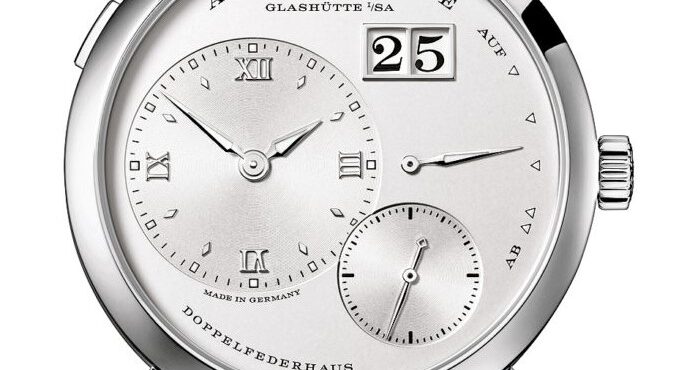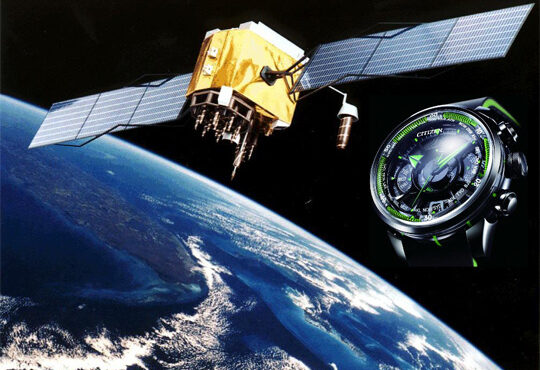In every profession, there are tools important to the trade. New iPhones still sometimes require a phone screen, protector and other attachments. Repairmen carry toolboxes filled with instruments to help do their jobs better and quicker. There are likely some tools with multiple uses — tools that are a jack or jill of all trades. Without them, our jobs would be increasingly difficult. In watchmaking, that tool is the staking.. Read More
What is an Art Deco watch?
Art Deco was a popular architectural style in the 1920s and 1930s, combining geometric shapes and rich materials. You can see it in designs for the Chrysler Building or any building with those small, intricate designs. The Art Deco movement represented modernism and elegance: It was the Roaring 20s, after all. Art Deco, however, isn’t just an architectural concept. It can be found in watch design as well, especially with.. Read More
What is “rebanking” in a watch?
Amplitude is the measure of the amount of rotation in the swing of the balance wheel in either direction expressed in degrees. It’s typically in the range of about 270 to 315 degrees. When amplitude is too high, you get knocking or rebanking. An amplitude of 270 means a point on the balance wheel is turning three-quarters of a full circle. As amplitude hits 360, the wheel is making a full rotation.. Read More
What is a jump hour watch?
Watches with a jump hour complication have an hour hand that does not sweep between the hours. Instead, it points exactly at the current hour and jumps to the next hour as the minute hand reaches 60 minutes. Theoretically this makes telling the time a bit easier, as the current hour is always being pointed at directly. Some watches with jump hour complications use discs with imprinted digits as opposed.. Read More
Watches that do more than tell time
This week, we’re going to stick with the theme of watch complications. Watches with complications are some of the coolest timepieces sold today. Most of the complex tasks done by these watches are done with the bezel. A bezel is the outer metal ring surrounding the watches crystal. This ring would have various numbers or markings and can rotate in one or both directions depending on the function of the watch. Here.. Read More
What are watch complications?
A watch has one basic job: to tell you the time. It seems simple. However, as you know from reading these blog posts, you know there are hundreds of small parts all moving in unison to tell you the time and make sure you’re not late for your big meeting or dinner at your in-laws. A watch complication is anything that a watch does other than tell you what time.. Read More
What is a gilt watch dial?
As we’ve covered in this space before, there are many different types of dials on watches. There are dark dials, black dials, clear dials or white dials. So what exactly is a gilt dial? A gilt dial is created by polishing a blank dial with clear lacquer then galvanized with a black layer. The clear part won’t stick, so only the remaining metal part is shown. Usually, a gilt dial.. Read More
Watches with a bronze case
When you think of bronze, you probably assume it means third-best after gold and silver. When used as a color for a case, bronze might be tops on the medal stand. Bronze is made from copper and tin. Unlike other metals, it won’t corrode and won’t be affected by saltwater, making it a unique element for a watch. (The Watch Doctor still recommends keeping your watch dry by not showering.. Read More
Watches with off-center dials
Typically, watches have the same general design. That is, the watch face takes up all the area of the face. But what if a watch had an off-center dial? That’s the approach of these watches shown below. While the basic job of any watch is to tell the time, these models go a bit further in also acting as a piece of art and fashion. Because they’re so visually different.. Read More
What is an Atomic Watch?
An atomic watch is a wristwatch that is radio-controlled to keep the most accurate time on earth. An atomic watch never needs to have its time or date set or adjusted because it receives a low frequency radio signal each night keeping it perfectly synchronized with the U.S atomic clock in Colorado. The watch’s built in antenna searches once a day for the 60 kHz radio signal emitted from Fort Collins and decodes the.. Read More




